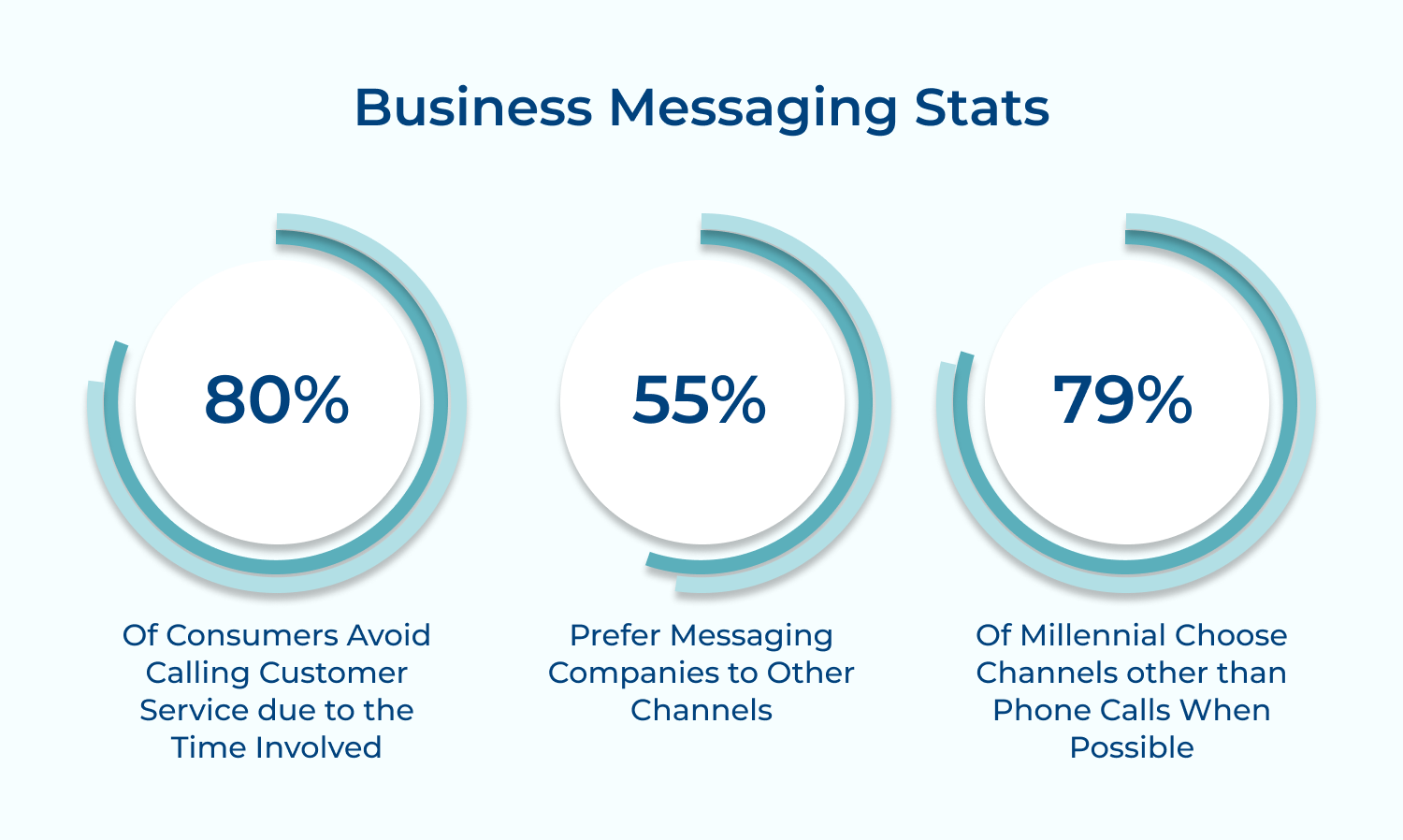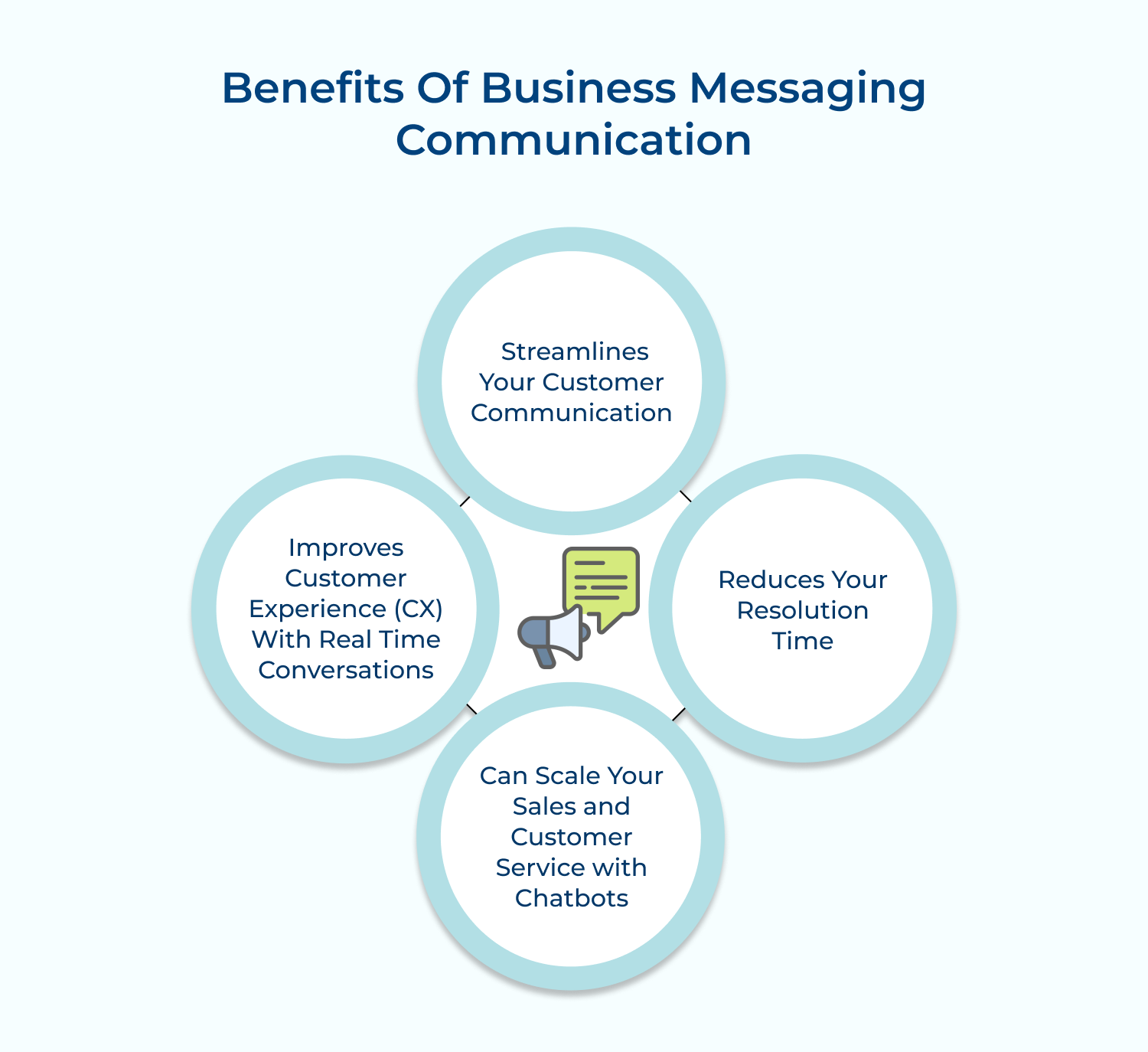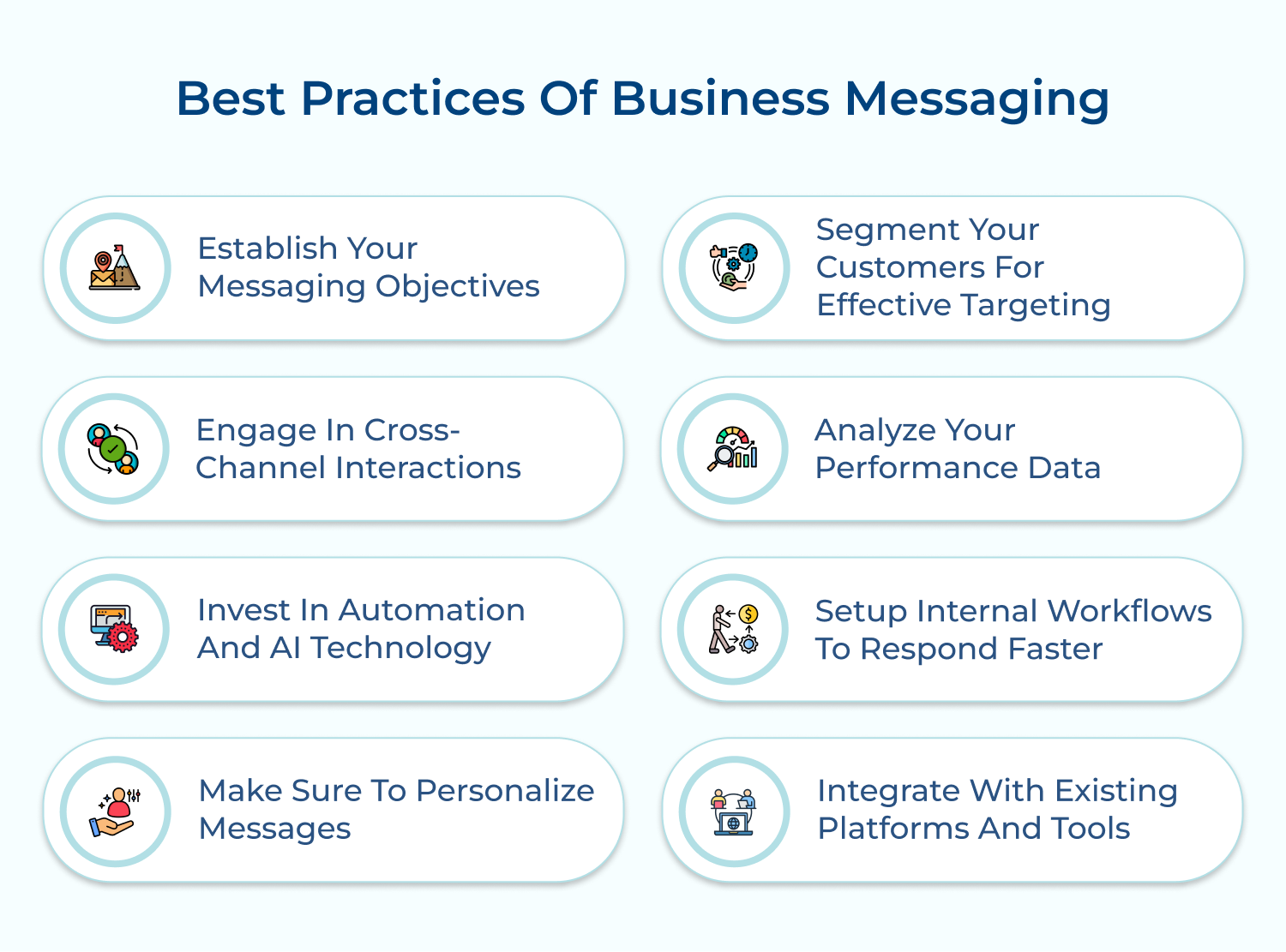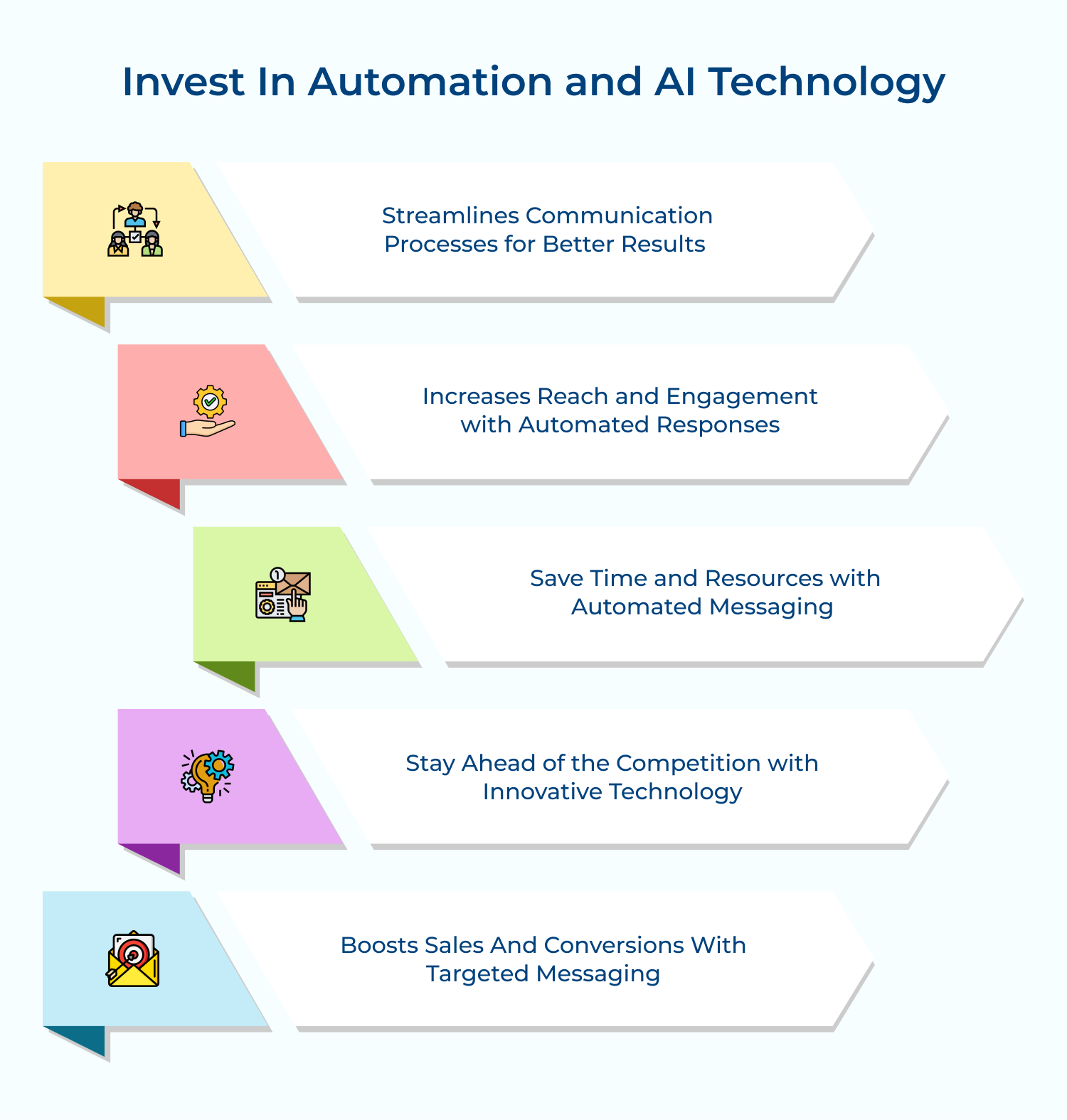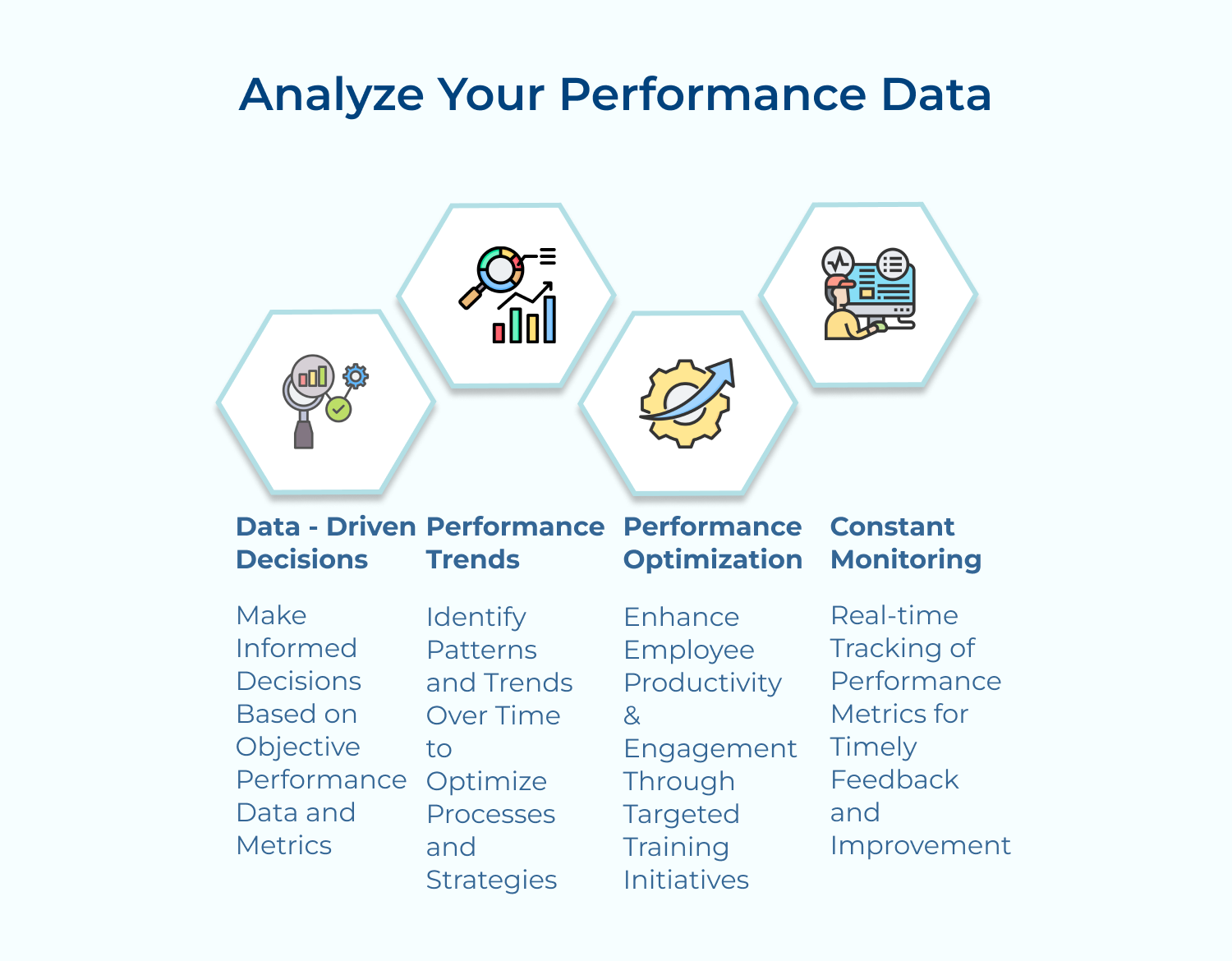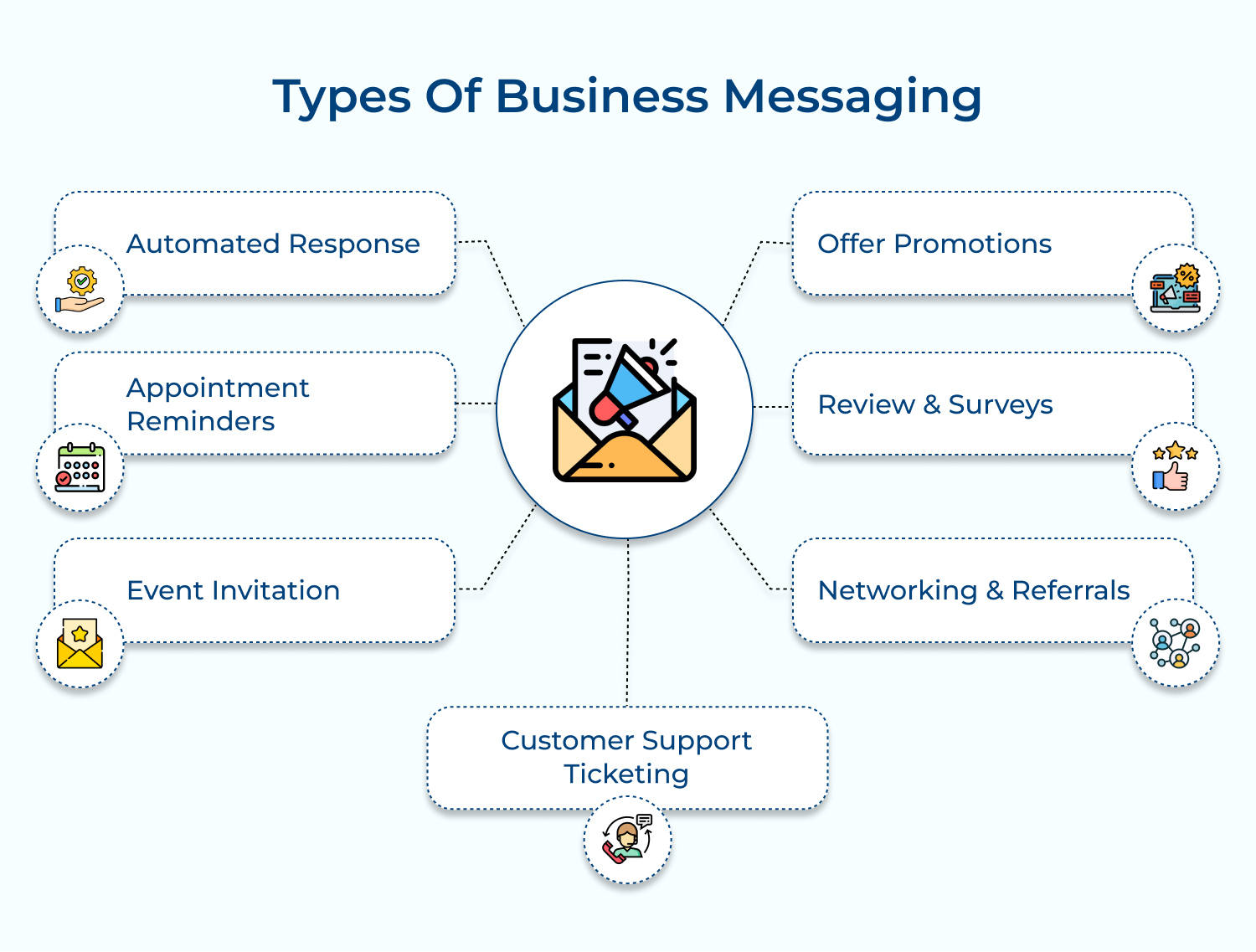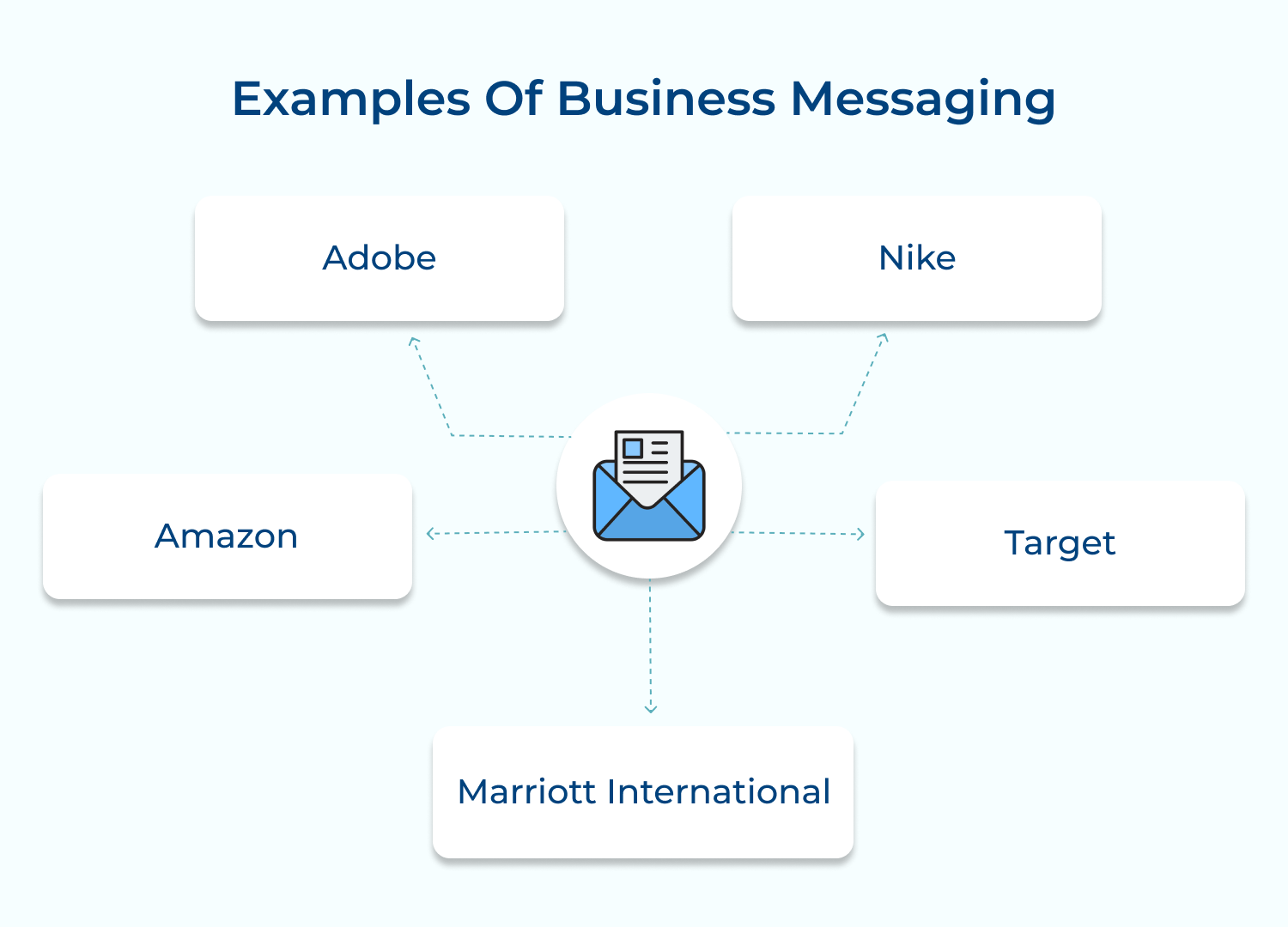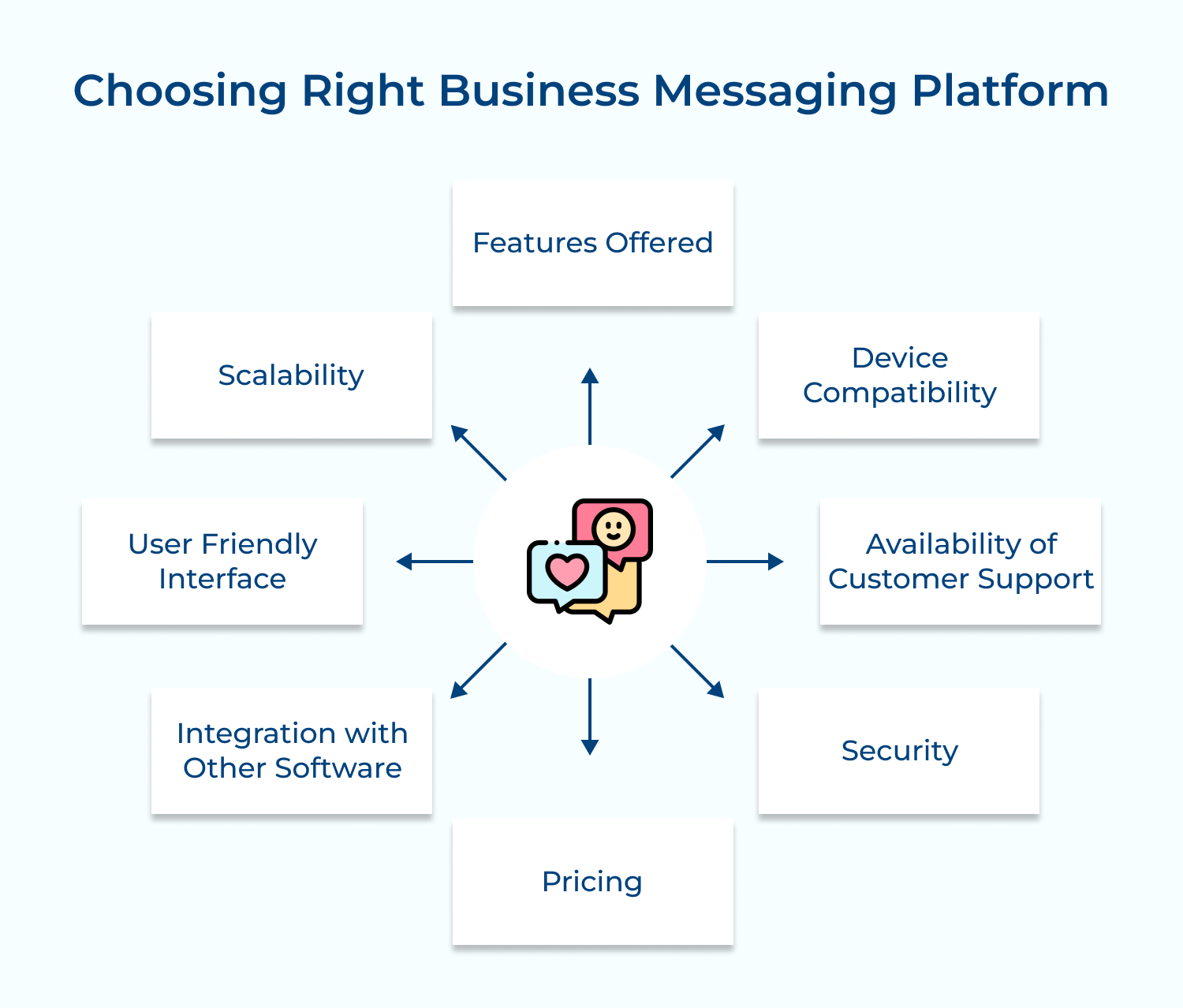Adobe
Adobe is a stellar example of a B2B company that utilizes omnichannel business messaging effectively. They provide software tools and services to businesses in the creative industry. Adobe aligns its messaging across various channels, including social media, email marketing, and personalized website experiences. By delivering tailored messages, Adobe ensures that potential customers receive relevant information about their products, leading to increased conversions along with customer loyalty.
Nike
Nike, a renowned athletic footwear and apparel brand, has successfully implemented features like live chat, chatbots, and SMS alerts. It enables them to engage as well as interact with their customers in real-time. Nike’s omnichannel approach allows customers to seamlessly navigate from their website to social media platforms, enhancing the overall customer experience and enabling them to make more informed purchasing decisions.
Amazon
Amazon, the world’s largest online marketplace, is a prime example of successful omnichannel messaging in the e-commerce industry. The features like real-time order tracking, personalized recommendations through mobile notifications and omnichannel customer support ensures that customers have a consistent and enhanced experience across various channels. Amazon has set a benchmark in customer service and convenience through omnichannel strategy in the e-commerce space.
Target
The popular retail chain, Target, has made significant strides in implementing omnichannel business messaging. They offer services like buy online, pick up in-store (BOPIS), where customers can conveniently order products online and collect them at the nearest physical store. Target also uses mobile notifications, personalized emails, social media engagement, etc. to provide a seamless shopping experience. Their omnichannel approach has resulted in increased customer loyalty and improved brand recognition.
Marriott International
Marriott International is a leading hotel chain that has implemented omnichannel business messaging to enhance the guest experience. They offer mobile check-in & check-out, personalized offers through emails as well as app notifications, and customer support through chatbots, social media, etc. Marriott’s omnichannel strategy aims to provide a seamless as well as convenient experience for guests throughout their entire stay, resulting in increased customer satisfaction and loyalty.
How to Choose the Right Business Messaging Platform
Choosing a business messaging platform is not an easy task, but it’s important to make sure you get the right one for your needs. To help you make the right decision, here are key criteria questions and why they’re important to consider when selecting a business messaging platform:
